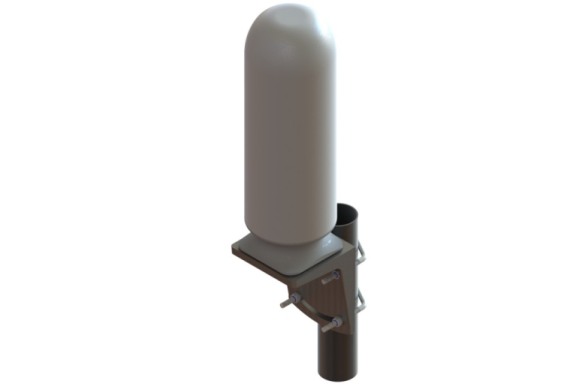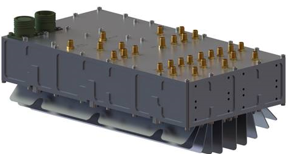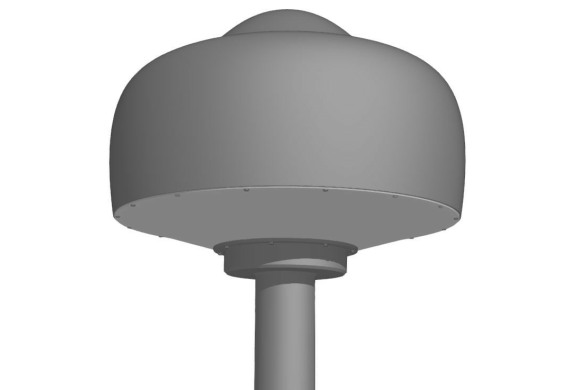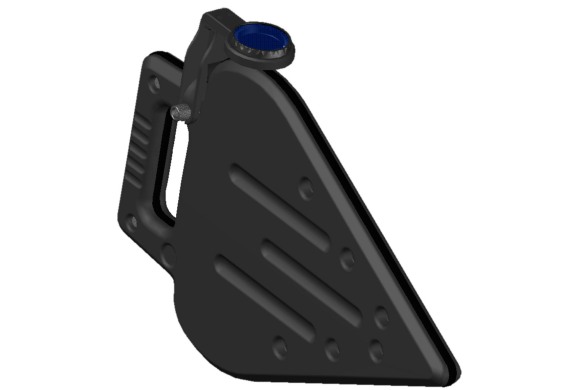Gain the advantage
Alaris Antennas delivers high quality antenna solutions for the global EW spectrum monitoring and communications market
Browse products
DF Antennas & More
We deliver high quality antenna solutions on time through technical and service excellence
Browse our products
Defence
Our market segments include Defence & Military, Homeland Security and Spectrum Management
Browse our products













